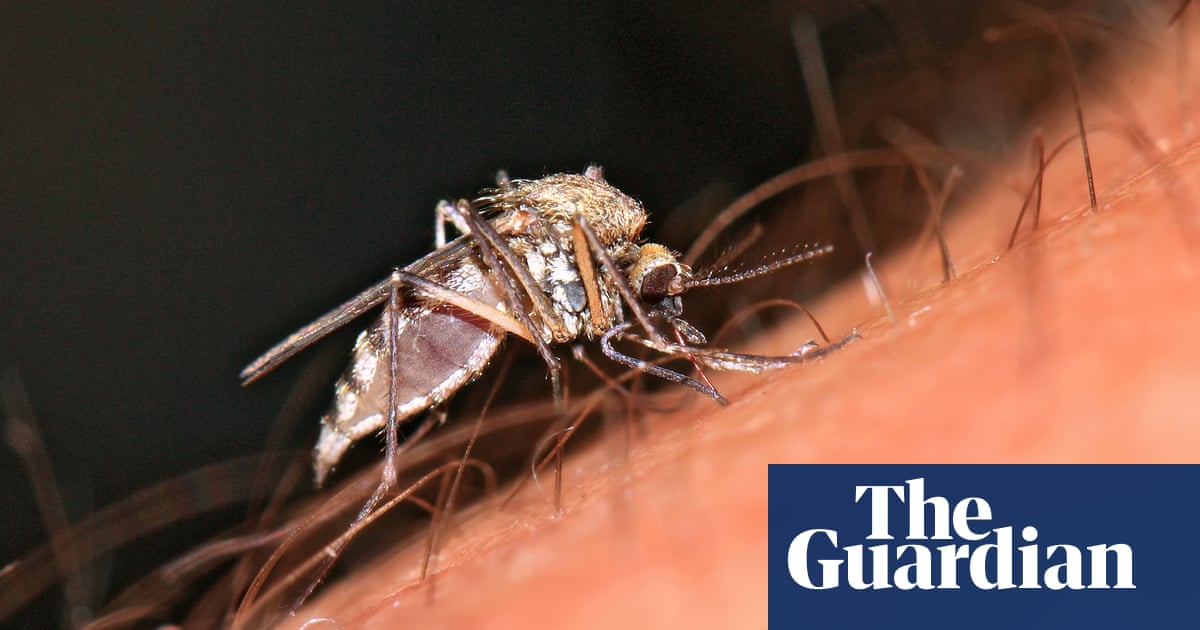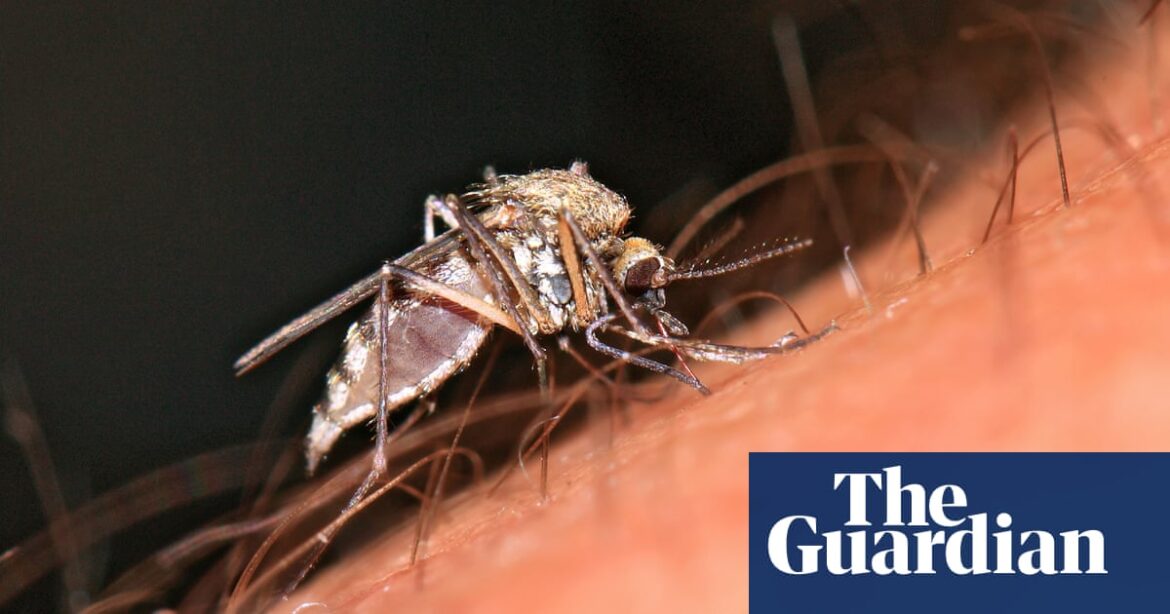
The deaths of two young women, miscarriages and birth defects in Brazil have been linked to Oropouche virus, a little-known disease spread by midges and mosquitoes.
A surge in cases has been recorded in the country this year – 7,284, up from 832 in 2023. Many have been recorded in areas that have not previously seen the virus.
A total of 8,078 cases had been confirmed in Brazil, Bolivia, Peru, Colombia and Cuba by the end of July, with doctors in the region urged to be vigilant.
The climate emergency is likely to be driving the insects that spread the virus to new areas, experts warned, while genetic changes in Oropouche itself may play a role.
The first known deaths anywhere in the world, of two women aged 21 and 24 in Bahia state, were announced by Brazil’s health ministry on 25 July. They each developed sudden symptoms – which can include fever, body aches and headaches – that led to fatal bleeding. reported a pregnant woman lost her baby at 30 weeks’ gestation, with Oropouche virus subsequently detected in samples from the umbilical cord and organs. A miscarriage at eight weeks’ gestation was also linked to the virus.
Tests in four newborn babies with microcephaly, a condition in which the baby’s head is smaller than expected, also indicated the presence of antibodies to Oropouche virus – although those tests do not prove definitively that the virus caused the birth abnormalities.
Deaths and miscarriages are “really standout things that we don’t really associate with this virus”, said Alain Kohl, professor of virology at Liverpool School of Tropical Medicine (LSTM), and an expert in bunyaviruses such as Oropouche. He stressed these were “early days” in assessing the outbreak, with many unanswered questions.
Felipe Naveca, from the Oswaldo Cruz Foundation, a health research institution linked to Brazil’s Ministry of Health, and the co-author of research that found genetic changes in the form of Oropouche, said: “It has caused outbreaks before, but nothing on the scale of what is happening now.”
However, severe outcomes such as death and miscarriage did not necessarily mean a difference in the virus’s strength, Naveca said, and could simply reflect that “when you have a very high number of cases, some severe cases will inevitably emerge”.
Some of the increase in numbers could be down to better surveillance and more widespread testing, he said, while changes in climate and deforestation were making contact between the insects carrying the virus and humans more likely.
The virus is typically found in primates and sloths, and can be transmitted to humans through the bites of certain midges and mosquitoes. A review published in The Lancet in January described Oropouche as a “prototypical neglected disease” and warned of significant gaps in medical and scientific understanding of the virus which “has the potential to emerge as a substantial threat”.
Oropouche, first detected in Trinidad and Tobago in 1955, tends to cause flu-like symptoms lasting about a week. In some cases the virus can cause severe complications such as meningitis.
Prof Jonathan Ball, deputy director of LSTM, said that while the link to miscarriage and microcephaly was not confirmed, the spread of the virus to new areas could be.
“Frequent exposure to the virus in endemic areas is likely to generate immunity before females reach child-bearing age, and this immunity would likely protect pregnant women and their unborn baby. However, when the virus is newly introduced this protection isn’t there,” he said.
There is no specific vaccine or treatment for Oropouche, and the Pan American Health Organization said people should focus on prevention. This includes covering up arms and legs, using insect repellants containing Deet, IR3535 or icaridin, and using fine-mesh mosquito nets on doors, windows and beds. Midges are much smaller than mosquitoes and so traditional mosquito nets will not protect against their bites.
Prof Sir Andrew Pollard, of the University of Oxford, said the outbreak should be “a wake-up call”, and added: “If climate continues to change, we should expect spread of the insects which can transmit diseases to humans to increase.”
Source: theguardian.com



